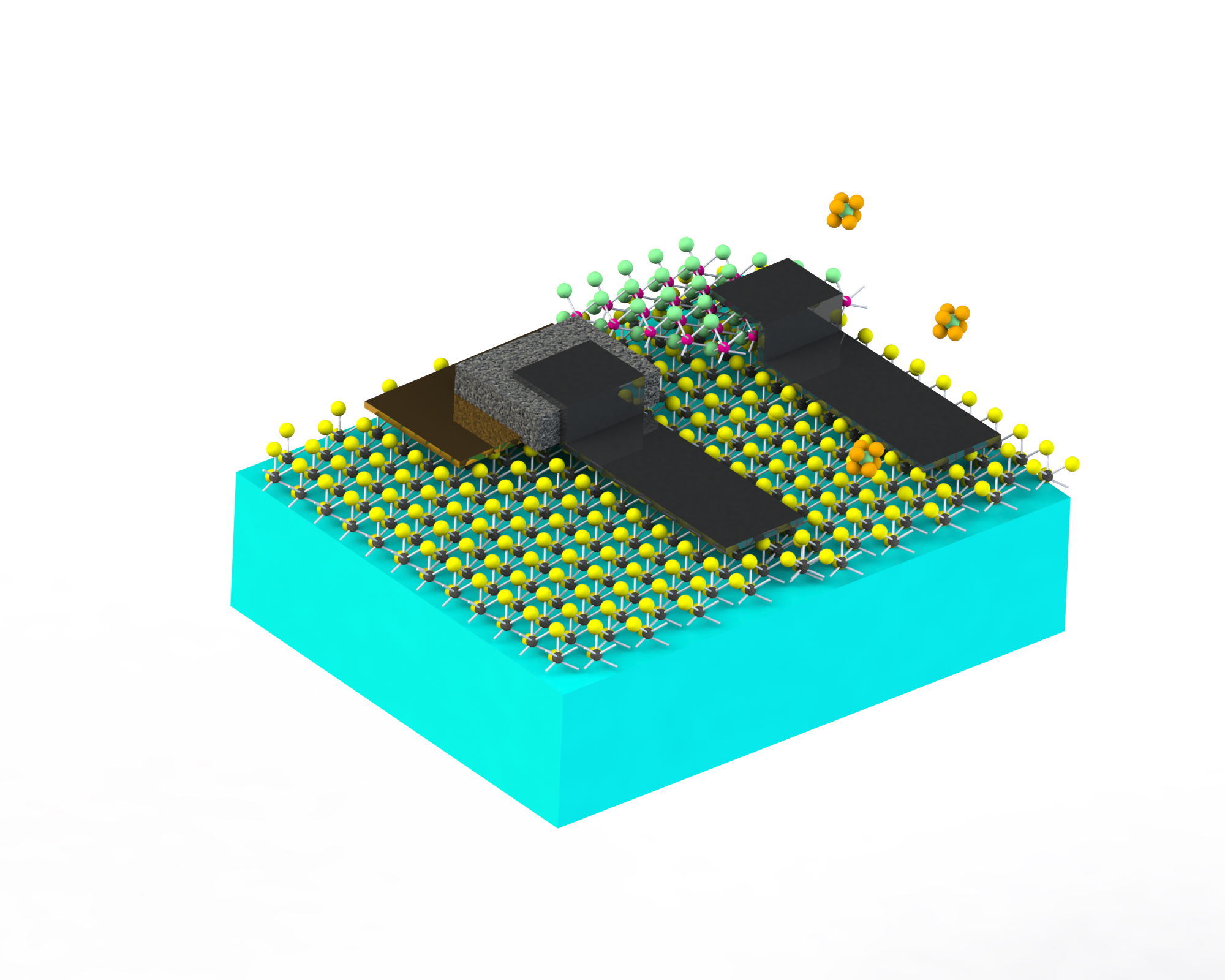
Floating microscopic robots can detect pollution, disease
Researchers have developed microscopic robots, similar in size to a speck of dust, that could be used for a wide range of applications including scanning large areas for pollutants, monitoring long stretches of pipeline, and even sailing around a person’s gut in search of disease.
The robots, or “proto-robots,” are comprised of super thin 2-D electronic circuits attached to miniature particles that can float through the air.
Researchers from the Massachusetts Institute of Technology (MIT) created the new mini-machines, but first had to find a way to create a closed circuit that would be compatible with certain particles.
“You can make electronic circuits that are a single atom thick, which is just insanely thin,” said Michael Strano, a member of the research team. “One creative use no one has thought of until now is taking these electronics and grafting them onto a colloidal particle. The particle, which can float in the air like a speck of dust, has simple computing functions. You can bring these new electronics to environments they otherwise could not access.”
The research team went through a number of different circuits working to find one that matched the specific energy and power requirements.
Eventually, the researchers found success with a biocompatible material called SU-8 that was used to create micrometer particles. The particles were then lithographically etched into a closed circuit that had a power source, a detector, and a memory device.
The particle could then hypothetically travel or float using its own power source, detect an environmental agent, and record any findings with its memory device.
During the test phases, the researchers aerosolized or sprayed the tiny machines towards a chosen target and the particles traveled a couple of feet with this method.
The potential uses for these revolutionary machines are numerous. Currently, detecting and monitoring areas for bacteria, toxic fumes, or spores is a labor intensive and expensive process. With the aerosol method, large areas could be monitored and data easily retrieved via the memory device.
“For readout, the particles have designated metallic connections, like a socket: Once you insert two probes, you can read out the device’s state,” said Volodymyr Koman, a fellow member of the research team.
The researchers will present their work at the 255th National Meeting & Exposition of the American Chemical Society.
The flying proto-bots could have many exciting applications and the research represents a new step in nanotechnology.
—
By Kay Vandette, Earth.com Staff Writer
Image Credit: Michael Strano













